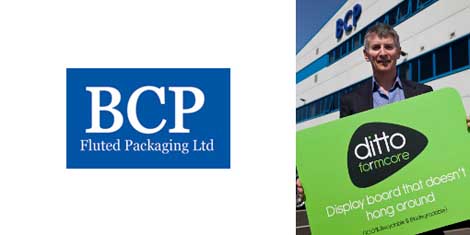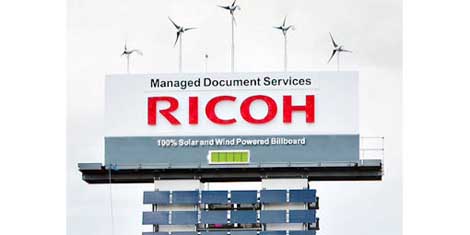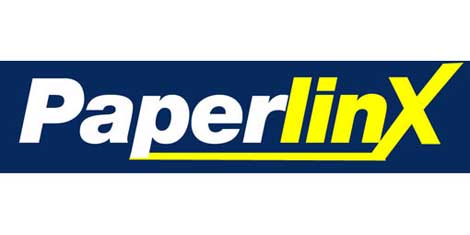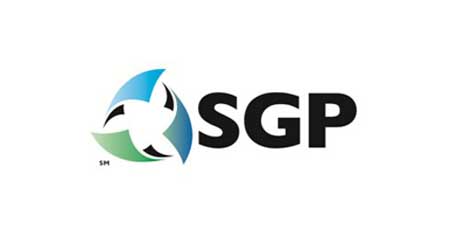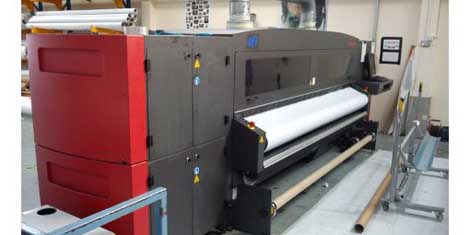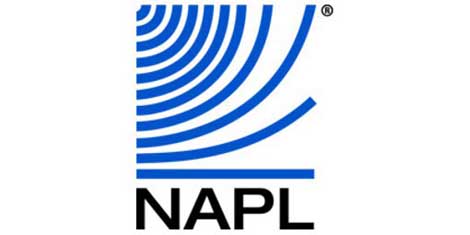
“Toshiba may have meant well when it attempted to publicise its ‘print leaner and greener’ initiative with a ‘National No-Print Day’ campaign, but it was well off base when it pointed a finger at print as an anti-tree medium,” says National Association for Printing Leadership (NAPL) President and Chief Executive Officer Joseph P. Truncale, Ph.D. “Despite this all-too-often repeated anti-print “save a tree” refrain, print and paper are simply not enemies of the environment.
“Reading a book on a tablet may be convenient, but it is not more environmentally friendly than reading a printed copy,” he continued. “Paying a bill online may be quicker, but it is not better for the woodlands than paying it by cheque. Why? Because paper is a renewable, recyclable, and biodegradable resource, while computers and other electronic devices are comprised primarily of one-time-use only metals and hydrocarbon-based materials, and they require energy created principally through the use of other non-renewable resources.”
NAPL has long pointed out that paper production uses trees, but it does not destroy forests. Paper companies depend on trees for their business, so they plant more trees than they harvest each year, carefully managing forests on privately owned lands for maximum tree growth and production.
In fact, despite the billions of sheets of paper that have been produced, the United States has about 12 million more acres of forest land now than it did a quarter of a century ago, and overall forest inventory has increased 49% over the last half-century. Every day, more than 1.7 million trees are planted in the U.S., nearly half of them (45%) by the forest products industry. You might say that every printed page helps plant a tree. By comparison, according to Time magazine, more than 130,000 computers are discarded by Americans every day.
The problem at landfills is not paper, which is recycled at very high levels, providing many towns and cities with an important income source. The real waste problem is the rapidly escalating number of discarded computers and other electronic components, which are not biodegradable and will sit in landfills for generations, taking up increasing amounts of space and ultimately leaching lead, mercury, and other toxic metals, hazardous chemicals, and plastic residue into the soil. Electronics now make up the fastest-growing part of the U.S. waste stream.
Everyone in the printing industry has the same interest as Toshiba in making our processes as environmentally friendly as possible, and we have all been working toward that goal for decades. Witness, for example, the growth of forest-certification and chain-of-custody programs, the new technologies that increase the paper yield per trees—in some cases, 90,000 sheets from a single cord of wood, and the use of renewable biomass fuels to power paper manufacturing—since 1990, purchased energy and fossil fuel use per ton of paper production has been cut by 26%.
As NAPL stated in an article two years ago, “The environmental impact of any communications process generally occurs at one or more of three stages: the creation of the medium being used for the message, the transmission of the message, and the conclusion or aftermath of the process. At each point, paper-based communications have a less injurious environmental effect than their electronic counterpart. Print and electronic media will coexist in the future and complement each other’s strengths. And one of paper‘s undeniable strengths is its position as an environmentally friendly messaging medium.”
Whatever Toshiba’s well-intentioned environmental goals may be,” said Truncale, “it is simply short-sighted and wrong-headed to suggest that the environment is harmed by the use of paper and printing.”
In Brief:
- Paper is a renewable resource, grown and replenished in managed forests; the precious metals and hydrocarbons required to create computers and other electronic devices are not—they require mining and drilling that can damage the surrounding ecosystem, and when they have been removed from the earth, they are gone forever.
- Paper is recyclable—nearly two-thirds of U.S. paper consumed is now recovered—and much is reused, more than one-third of the world’s total fiber supply now coming from recycled paper; computer components are used once—often after just a few years of rapid obsolescence—and then this toxic e-waste is discarded in landfills or shipped to developing countries.
- Paper requires only sunlight or the power of a single light bulb to be read and used; computers require a continuous stream of electricity generated predominantly by non-renewable fossil fuel energy sources. In 2006, for example, Internet data servers alone purchased twice the amount of energy purchased by the U.S. pulp and paper industry.
For more information on NAPL, please visit www.napl.org



